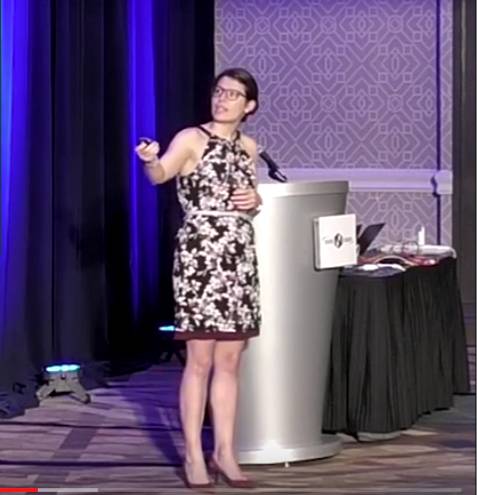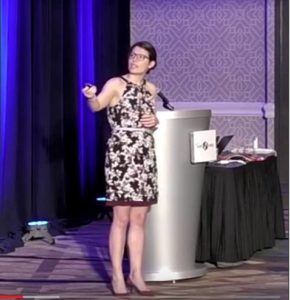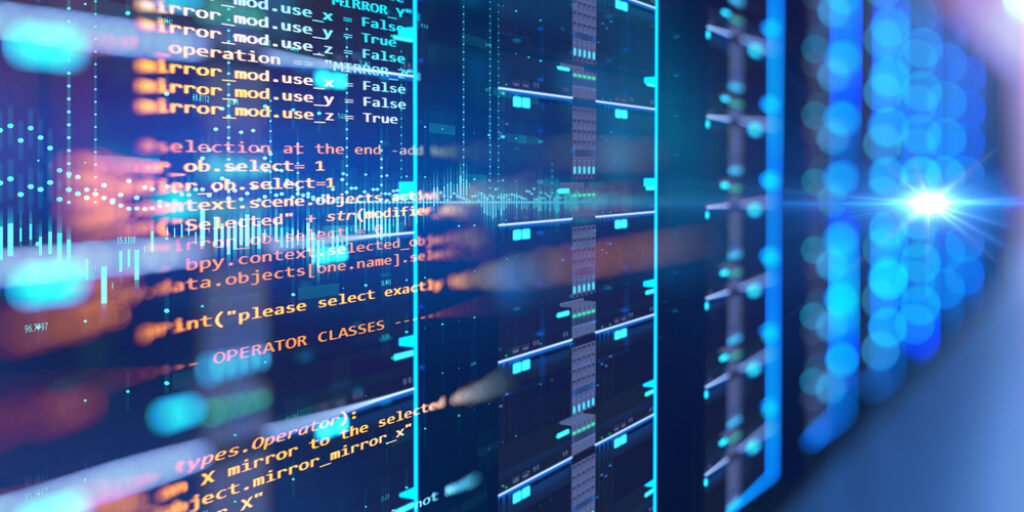In this video from DOE CSGF 2019, Chelsea Harris from Michigan State University presents: Making Supernovae with Jets.
Supernovae are the explosions of stars. One reason they are fundamentally important is they create and disperse elements heavier than carbon throughout the universe. Different stars explode in different ways, but the most common supernova type is from massive stars (greater than 10 times the mass of the sun) whose cores collapse to form a neutron star or black hole – “core collapse supernovae” or CC SNe. Even among massive stars, though, there are differences that can affect the outcome of core collapse. I am specifically interested in progenitors whose cores are rotating and magnetic (magnetorotational). Such cores may experience instabilities after collapse that launch a fast jet, which could rescue r-process elements formed near the proto-neutron star from destruction. The instabilities can also add power to the explosion and relieve tension between observations and theory. In addition to running simulations with existing FLASH code modules, I am developing a FLASH hydrodynamics module, SparkJoy, to perform these simulations at high order. These projects are part of a DOE INCITE project to explore progenitor effects on CC SNe and of the DOE SciDAC program “Towards Exascale Astrophysics of Mergers and Supernovae,” a nationwide collaboration of supernova theorists unprecedented in its collaborative scale. Research like mine is made much easier at Michigan State University through the Department of Computational Mathematics, Science, and Engineering which, like the DOE CSGF, brings together members from different areas to share knowledge and strengthen each other’s research.
Chelsea Harris, a Michigan State University postdoctoral researcher in the Department of Physics and Astronomy, is the recipient of a 2019 Frederick A. Howes Scholar in Computational Science Award. The award is given to recent graduates of the Department of Energy’s Computational Science Graduate Fellowship program who demonstrate not only technical achievements in the field of computational science, but also outstanding leadership and character.





